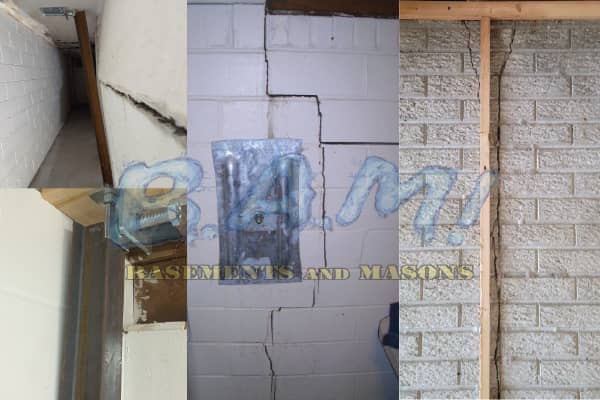The 25-Second Trick For Best Basement Waterproofing
The 25-Second Trick For Best Basement Waterproofing
Blog Article
Everything about Best Basement Waterproofing
Table of Contents4 Easy Facts About Best Basement Waterproofing ShownHow Best Basement Waterproofing can Save You Time, Stress, and Money.The smart Trick of Best Basement Waterproofing That Nobody is DiscussingAll About Best Basement WaterproofingFacts About Best Basement Waterproofing Uncovered
uses excavation techniques towards the base of the structure's foundation. entails removing wetness after it has entered the basement. AdvantaClean's qualified experts and technicians will locate the water resource. If wall or piece splits are existing, we will inject polyurethane and epoxies right into the cracks and secure the concession, avoiding additional wetness from entering.Installing cellar air flow systems, conditioning systems, or cellar dehumidifier systems to obtain water out of your cellar. Choosing AdvantaClean's basement waterproofing services is an efficient method to treat moisture and avoid mold and mildew from jeopardizing the framework of your home and the health of your family members.
If there's condensation on the exterior of the foil, you have high humidity in your basement. If the foil has condensation on the within surface (following to the wall), the dirt around your residence might be normally damp from a high water table or poor soil drain.
You can waterproof just your indoor walls, which may address the issue. Once they dry out, they stick completely to concrete and masonry wall surfaces.
The Of Best Basement Waterproofing
Concrete waterproof coverings can't be applied to previously painted surface areas; inspect the tag. Recognized as densifiers, they are ideal only for wall surfaces that have not been painted or secured.
But you comb, roll, or spray it on a lot more thickly one gallon covers just 75 square feet, not the 300 square feet common with basic paint. Water-proof paint is fine for do it yourself application. You can apply it over painted surface areas, and paint over it once it's treated (one gallon expenses $37).
It can cost $10,000 to $15,000, relying on the job needed. Outside waterproofing includes excavating all over the residence fully depth of the foundation wall surfaces, after that setting up a water-proof coating or membrane layer topped by water drainage panels. The panels offer a very easy course for water to move to an exterior French drainpipe at the bottom of your structure.
8 Simple Techniques For Best Basement Waterproofing
A cellar without waterproofing is kind of like that. Your basement does not desire to go with a downpour without appropriate security simply as much as you don't want to.

Outside waterproofing is a waterproofing technique that entails securing your home from the exterior. It's sort of like a moat around a useful link castle. It includes excavating a trench around your entire home down to the structure (about 8 to 10 feet down). The structure wall surfaces are after that cleansed, sealed, and covered with a water-proof membrane or sealant.
Fascination About Best Basement Waterproofing
It's a more involved process that needs digging up your yard, which is costly and lengthy. Exterior waterproofing involves removing every little thing surrounding your home, including decks, driveways, pathways, landscape design, air conditioner systems, decks, and so forth. If any of the job was done inaccurately and water is still entering your basement, there isn't much you visit this web-site can do to deal with or fix it.
Interior basement waterproofing entails waterproofing from the inside. Any water that leakages into your basement is redirected prior to it touches your floor. It's kind of like putting on a raincoat under your garments. It entails two points: a water drainage track and a sump pump. It works by sealing the within of your cellar wall surfaces and floors so water that attempts to go into is funnelled out via a sump pump.
It's an effective method to water resistant your cellar. The drawback of indoor basement waterproofing mainly concerns the installment process. This method calls for saved things, furniture, and built-in shelving or closets to be moved from touching the basement walls. And throughout installation, your cellar can not be utilized. The largest difference between the two techniques is this: Outside waterproofing is a preventative option and indoor waterproofing is a rehabilitative remedy.
Best Basement Waterproofing Can Be Fun For Anyone
Finally, exterior and interior basement waterproofing are both efficient approaches of shielding your home from water damage. Outside waterproofing develops an obstacle that stops water from entering your home, while interior waterproofing reroutes water that does enter your home. Read More Here And it is necessary to note that outside waterproofing is a pricey and turbulent installation process when compared to interior waterproofing.
Whichever method you choose, make sure you pick a dependable and reliable professional for the task. If you have any kind of questions about basement waterproofing, please get to out to us.
You can fill in our form here. Best Basement Waterproofing, begin a chat in the lower right-hand corner, or call us at 1-800-827-0702
Report this page